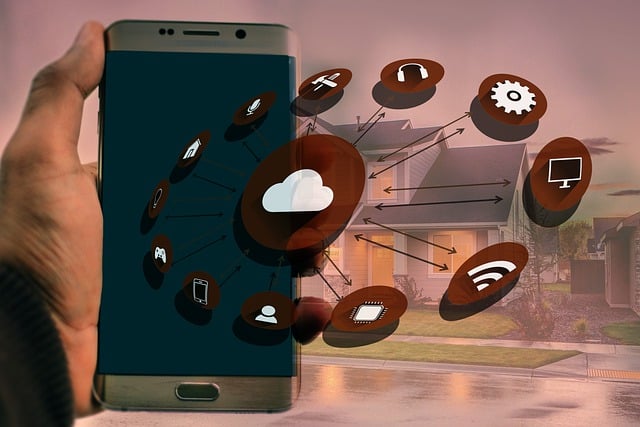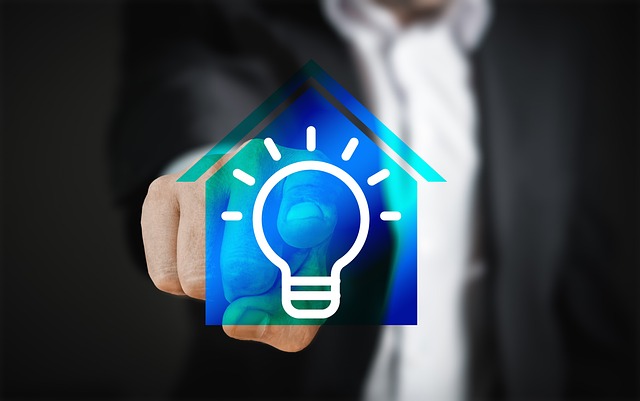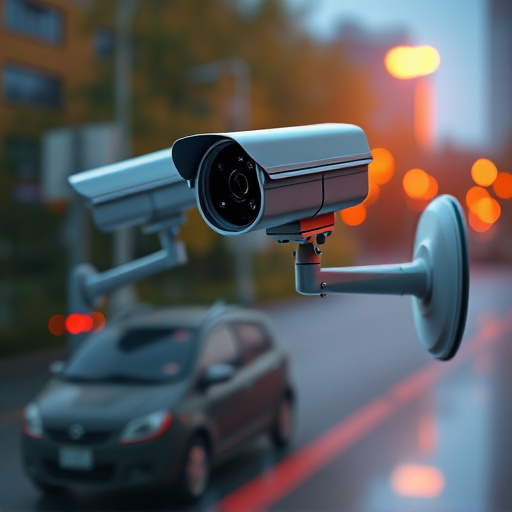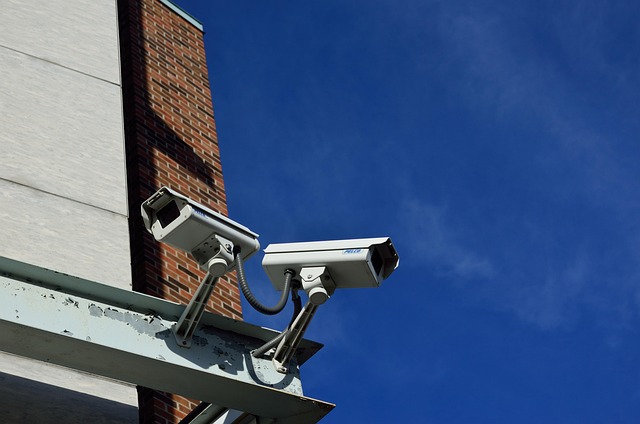Smart home devices are transforming personal security by offering advanced features beyond traditional systems. A beginner's guide emphasizes identifying high-risk areas and choosing compatible tech. These devices provide real-time monitoring, remote access, and customizable alerts, enhancing peace of mind through convenience and efficiency. Key components include motion sensors, smart cameras, automated lighting, and voice assistants. By integrating these technologies, homeowners can significantly improve their home's security posture while saving energy and money through smart thermostats and secure access with smart locks. A successful setup involves testing each device thoroughly for seamless operation, ensuring a secure yet hassle-free daily routine.
“Welcome to your comprehensive guide on transforming your home with smart devices for enhanced protection. In today’s digital age, integrating home safety technology offers unprecedented peace of mind. This beginner’s guide explores the benefits and intricacies of setting up a smart home protection system. From understanding essential smart home devices to customizing your experience, we’ll navigate you through the process. Discover popular smart devices, learn privacy tips, and unlock a safer space with our expert advice on using smart devices effectively.”
- Understanding Smart Home Devices: Unlocking a Safer Space
- The Benefits of Integrating Home Safety Technology
- Setting Up Your First Smart Home Protection System
- Popular Smart Devices for Comprehensive Home Safety
- Customizing Your Smart Home Experience for Optimal Security
- Enhancing Privacy and Security: Tips for Smart Device Users
Understanding Smart Home Devices: Unlocking a Safer Space

Smart home devices are transforming the way we think about and secure our living spaces. By integrating technology into your home, you’re not just adding convenience; you’re unlocking a safer environment. These devices offer advanced features that go beyond traditional security systems, providing peace of mind in numerous ways. From motion sensors and smart cameras to automated lighting and voice-controlled assistants, each component contributes to a comprehensive home safety strategy.
For beginners exploring the world of smart home protection, understanding these devices is key. By leveraging their capabilities, you can enhance your home’s security posture significantly. A beginners guide to smart safety would start with identifying areas prone to intrusion or accidental incidents and selecting compatible technology. Using smart devices allows for real-time monitoring, remote access, and customizable alerts, ensuring quick responses during emergencies.
The Benefits of Integrating Home Safety Technology

Integrating smart home devices offers a multitude of benefits for homeowners looking to enhance their home safety. A beginners guide to smart safety reveals that these technologies provide peace of mind, allowing you to monitor your home and loved ones from anywhere at any time. Smart home protection systems can detect unusual activity, notify you instantly of potential risks, and even enable remote access to your security cameras, giving you a front-row view of what’s happening in your home.
Using smart devices for home safety isn’t just about surveillance; it also includes features like automated lighting, temperature control, and voice assistants that can make your living space more comfortable and efficient. For instance, smart thermostats adjust heating and cooling based on your habits, saving energy and money. Additionally, interconnected smart locks provide advanced security, allowing you to lock and unlock doors remotely, ensuring only authorized individuals gain access to your property.
Setting Up Your First Smart Home Protection System

Setting up your first smart home protection system can seem daunting, but with a few simple steps, it becomes an achievable and rewarding task. Start by identifying the areas of your home that require the most attention—entrance points like doors and windows, as well as any vulnerable spots where security cameras can provide extra eyes. Choose compatible smart home devices based on these needs; look for systems that integrate easily with existing tech and offer scalable options to accommodate future upgrades.
Next, focus on accessibility and convenience. Many smart home protection systems can be controlled via a central hub or mobile app, allowing you to monitor and adjust settings from anywhere. Ensure the setup process is user-friendly, and consider seeking guidance from online tutorials or customer support if needed. Once installed, test each device thoroughly to ensure they work seamlessly together, enhancing your home safety through technology without complicating your daily routine.
Popular Smart Devices for Comprehensive Home Safety

Smart home devices have revolutionized the way we enhance home safety. For beginners looking to embark on a journey toward smarter protection, integrating technology into your home doesn’t have to be complex. Start with essential smart home protection systems like security cameras and door locks that can be controlled using your smartphone. These devices provide real-time alerts, allowing you to monitor your property remotely.
As you explore further, consider adding smoke and carbon monoxide detectors linked to your smart home network for early warning in case of emergencies. Smart lights with motion sensors add an extra layer of security by automatically turning on when movement is detected, deterring potential intruders. Using these smart devices allows you to maintain a safe environment while enjoying the convenience of controlling your home’s safety features from anywhere.
Customizing Your Smart Home Experience for Optimal Security

Customizing your smart home experience is a crucial step in achieving optimal security. With an array of smart home devices available, beginners to this technology can start small and build their system over time. Begin by identifying areas in your home that need enhanced protection—like doors, windows, or specific rooms—and select compatible smart devices accordingly. Many smart home systems offer user-friendly apps that allow you to control and monitor your security setup from anywhere. Customization goes beyond placement; you can also tailor settings for different users or scenarios. For instance, schedule lights to turn on at certain times to mimic occupancy or use voice commands to disarm alarms without requiring physical interaction.
As you grow more comfortable with smart home devices, explore advanced features like motion sensors and automated responses. These technologies enable your home safety system to learn patterns and adapt to routines, enhancing overall security. Regularly update firmware and keep login credentials secure to ensure the integrity of your smart home protection. Remember, a well-customized smart home isn’t just about convenience; it’s about creating a robust layer of defense for your property and peace of mind.
Enhancing Privacy and Security: Tips for Smart Device Users

As you integrate smart home devices into your living space, prioritizing privacy and security is paramount. These technologies offer immense convenience but also collect vast amounts of data about your routines and habits. To enhance your home safety using smart devices, start by reviewing and understanding the permissions granted to each application and device. Enable encryption for all connected devices and networks to protect your data from unauthorized access. Regularly update firmware and software to patch security vulnerabilities.
Consider adopting a structured approach to using smart devices for home protection. For instance, establish separate user profiles with tailored permissions for family members or guests. Utilize multi-factor authentication where possible, adding an extra layer of security beyond passwords. Be cautious about the number of connected devices, ensuring your home network can handle the data exchange without compromising speed or security. Regularly audit your smart home setup to identify and rectify any potential privacy or security gaps.






